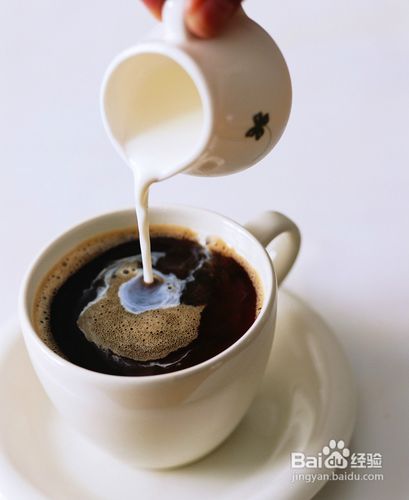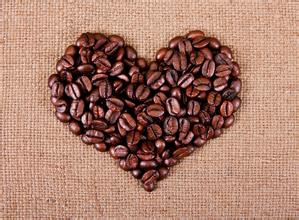Rich coffee taste of Hawaii Kona Coffee Manor flavor and taste characteristics of boutique coffee introduction
Kona coffee beans are evenly shaped, with intense acidity and sweetness, and a smooth, moist taste. Because it grows on volcanoes and has a high density of artificial cultivation, each bean can be said to be a spoiled "lady", beautiful, plump and baby-like delicate skin.
Although Hawaii is often affected by tornadoes, the climate conditions are ideal for coffee growing. There is plenty of rain and sunshine here, and there is no worry about frost. In addition, there is a strange natural phenomenon called "free shade." On most days, around 2 p.m., white clouds appear in the sky, providing the coffee trees with the shade they need. In fact, it is the natural conditions that make Kona produce more Arabica coffee than any other plantation in the world, and maintain a high quality, unique growth and climate to create a stronger coffee flavor.
Unfortunately for coffee fans, only about 1400 hectares produce Kona coffee. And because of Hawaii's high income levels and high tourist numbers, Kona coffee is so expensive that even kona blend (less than 5% kona) is sold. Neighboring islands such as maui, kauai, and molokai also began growing coffee commercially. Hawaii's earliest settlers arrived between 300 and 400 ad, and historians suspect they came from the marquesas islands. The people lived on the island in separate tribes led by hereditary chiefs. The earliest Hawaiian inhabitants created Hawaii's rich musical culture, although not much writing survives.
The Europeans discovered Hawaii by accident. They were originally looking for a legendary passage to the east to produce spices, but instead they found the richest pearl in the Pacific Ocean. A captain named James Cook landed on Kauai in 1778 to supply his ships. He encountered severe cold and storms on his way back, and had to return to Hawaii early the following year and anchor on a beach in Kona. Since then, the Hawaiian Islands have become important stopovers on the world trade routes. Hawaii's chiefs traded sandalwood, a native of the island, for weapons, goods and livestock with passing ships. Western religion began to spread widely on the island in the 1820s, and many churches built at that time are still in use today

Important Notice :
前街咖啡 FrontStreet Coffee has moved to new addredd:
FrontStreet Coffee Address: 315,Donghua East Road,GuangZhou
Tel:020 38364473
- Prev

Dominican coffee beans are produced in the Dominican Republic.
The Dominican Republic is a favorite country for travelers. It borders Haiti on Hispaniola in the West Indies, Dominica to the west and Haiti to the east. The whitest, softest white beaches in the world, cool ocean breezes from the Atlantic and Caribbean and warm tropical sunshine make it a holiday paradise on par with the Maldives and Hawaii
- Next

Sun Sidamo Ethiopian Sidamo Coffee Coffee Sidamo Coffee beans taste Xida
Coffee bean details: country: Ethiopia Grade: G1 production area: Sidamo Gujisha Chiso Micro production area Baking degree: shallow Baking (end of explosion) treatment: washing Variety: original seed producer: local small Farmer Flavor: lemon, Citrus, Piaget Tea, Caramel Shakiso (Shakisso/Shakiso) is located in the Guji producing area of Sidamo and is located in the Central Africa of Sidamo.
Related
- Detailed explanation of Jadeite planting Land in Panamanian Jadeite Manor introduction to the grading system of Jadeite competitive bidding, Red bid, Green bid and Rose Summer
- Story of Coffee planting in Brenka region of Costa Rica Stonehenge Manor anaerobic heavy honey treatment of flavor mouth
- What's on the barrel of Blue Mountain Coffee beans?
- Can American coffee also pull flowers? How to use hot American style to pull out a good-looking pattern?
- Can you make a cold extract with coffee beans? What is the right proportion for cold-extracted coffee formula?
- Indonesian PWN Gold Mandrine Coffee Origin Features Flavor How to Chong? Mandolin coffee is American.
- A brief introduction to the flavor characteristics of Brazilian yellow bourbon coffee beans
- What is the effect of different water quality on the flavor of cold-extracted coffee? What kind of water is best for brewing coffee?
- Why do you think of Rose Summer whenever you mention Panamanian coffee?
- Introduction to the characteristics of authentic blue mountain coffee bean producing areas? What is the CIB Coffee Authority in Jamaica?

